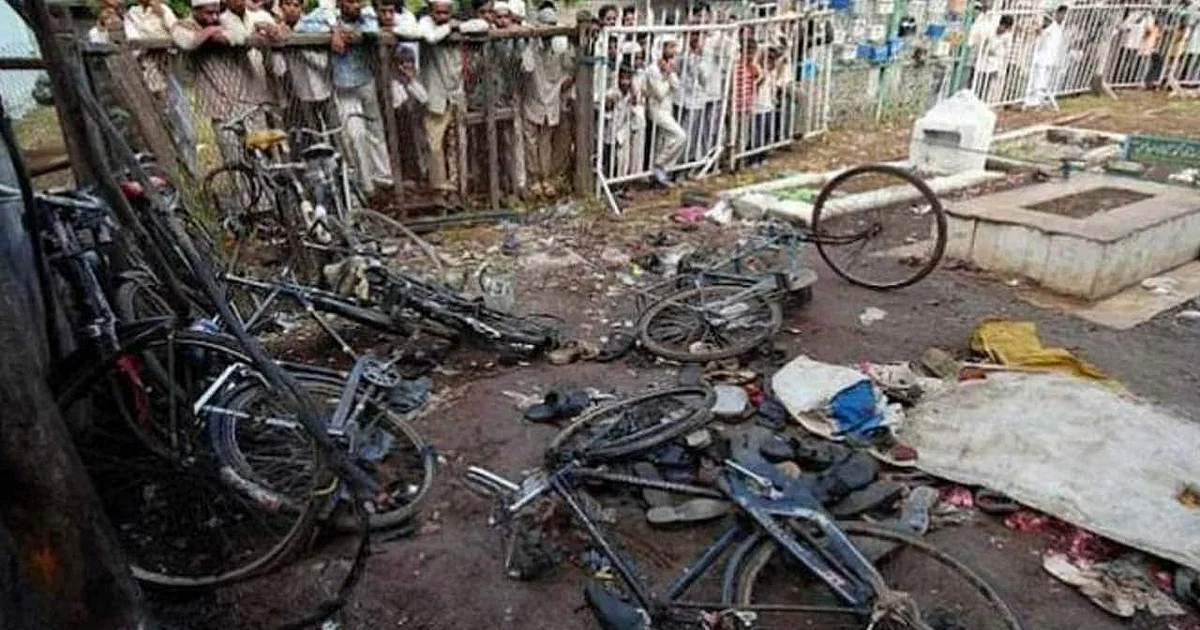 |
|
The Malegaon blast case, a deeply sensitive and complex matter involving allegations of terrorism and communal tensions, highlights the inherent challenges in investigating such incidents and the potential for conflict between different investigative agencies. The article succinctly states that the Maharashtra Anti-Terrorism Squad (ATS) and the National Investigation Agency (NIA) held differing views during the investigation into the 2008 Malegaon bombing. This disagreement, while briefly mentioned in the source material, raises critical questions about the complexities of inter-agency cooperation, the pursuit of justice, and the potential for political influence in high-profile cases. To delve deeper into this issue, a comprehensive examination of the historical context of the Malegaon blasts, the roles and mandates of the ATS and NIA, the specific points of contention between the agencies, and the potential ramifications of these disagreements on the judicial process is necessary. Furthermore, it's important to analyze the societal and political landscape in which this case unfolds, considering the vulnerability of inter-communal relations to such incidents and the potential for exploitation by various actors.
The 2008 Malegaon blast, which occurred on September 29, 2008, claimed the lives of six individuals and left over a hundred injured. The bombing took place on the eve of Navratri and during the month of Ramzan, just two days before Eid, a period of heightened religious sensitivity. This timing suggests a deliberate attempt to incite communal tensions and maximize the impact of the attack. The initial investigation was conducted by the Maharashtra ATS, which subsequently arrested several individuals, primarily alleging their involvement with Hindu extremist groups. However, the case took a significant turn when the NIA took over the investigation in 2011. The NIA's investigation led to a different set of findings, raising questions about the evidence presented by the ATS and leading to accusations of coercion and fabrication of evidence. The differing narratives presented by the two agencies created a cloud of uncertainty and further complicated the already sensitive nature of the case. This divergence in findings also sparked a debate about the impartiality and professionalism of the investigative agencies involved. A key factor in understanding the conflicting narratives is the organizational structure and mandates of the ATS and the NIA. The ATS is a state-level agency responsible for investigating terrorism-related cases within Maharashtra, while the NIA is a central agency with a broader mandate to investigate terrorism-related cases across the country. This difference in scope and jurisdiction can influence the priorities and perspectives of the two agencies. Additionally, political considerations can also play a significant role in shaping the direction of investigations, especially in cases with communal overtones.
The points of contention between the ATS and the NIA likely stemmed from differences in their interpretations of the available evidence, the reliability of witnesses, and the overall approach to the investigation. The ATS, in its initial investigation, focused on the alleged involvement of Hindu extremist groups, while the NIA, after taking over the case, presented a different narrative that questioned the evidence presented by the ATS. This divergence in findings could be attributed to a variety of factors, including different investigative techniques, access to new evidence, or differing interpretations of the existing evidence. It is also possible that political pressure or biases influenced the direction of the investigations. The consequences of this conflict between the ATS and the NIA have been far-reaching. The legal proceedings have been significantly delayed, and the victims of the blast have been denied closure. The differing narratives presented by the two agencies have also fueled conspiracy theories and deepened mistrust in the justice system. Furthermore, the case has been used by various political actors to advance their own agendas, further complicating the already sensitive situation. In order to address the issues raised by the Malegaon blast case, it is crucial to ensure transparency and accountability in the investigative process. This includes establishing clear guidelines for inter-agency cooperation, providing independent oversight of investigations, and protecting the rights of the accused. It is also important to address the root causes of communal tensions and promote interfaith dialogue and understanding. The Malegaon blast case serves as a stark reminder of the complexities of terrorism investigations and the potential for conflict between different investigative agencies. It highlights the importance of ensuring transparency, accountability, and impartiality in the pursuit of justice.
Source: Malegaon Blast Case: NIA, ATS Clash Over Investigation in 2008 Bombing
